In the world of sports, the language we use to discuss our bodies goes beyond mere semantics. It's a matter of precision, understanding, and, ultimately, performance. For athletes, trainers, and healthcare professionals alike, understanding anatomical muscle names is crucial.
Take the group of muscles commonly referred to as "hip flexors." This term offers a generalized understanding but misses the individual intricacies of each muscle. The muscles involved in hip flexion include Pectineus, Adductor Longus, Adductor Brevis, Gracilis, Adductor Magnus, Sartorius, Tensor Fascia Lata, Rectus Femoris, Iliacus, and Psoas Major.
See the schematic above to learn more about muscle recruitment, load, and stress. More muscles handling a load equals less stress per muscle and a lighter relative workload for each muscle. If there are less muscles working. The load per muscle goes up. This is why understanding the details matter.
Bundling them merely as "hip flexors" diminishes their individual functions. Each of these muscles has a unique identity and role in terms of angle, force, and coordination in movement prevention and orchestration. Recognizing these distinctions can greatly influence training regimens, performance strategies, and injury prevention.
By acknowledging these specificities, athletes and trainers can optimize athletic execution. It emphasizes that overlooking these distinctions and grouping these muscles into broad categories can lead to imbalances in training, reduced performance, and heightened injury risks. Thus, a deeper appreciation and knowledge about these muscles are essential for athletic success. Knowledge, in this context, can indeed mean the difference between a win or a loss, or even a career-ending injury.
For more information on isometric strength training and its significant impact on functional health and performance, visit our website at www.Isophit.com or reach out to me at brad@isophit.com.
Yours in Isometric Strength,
Brad Thorpe
CEO / Inventor
Isophit

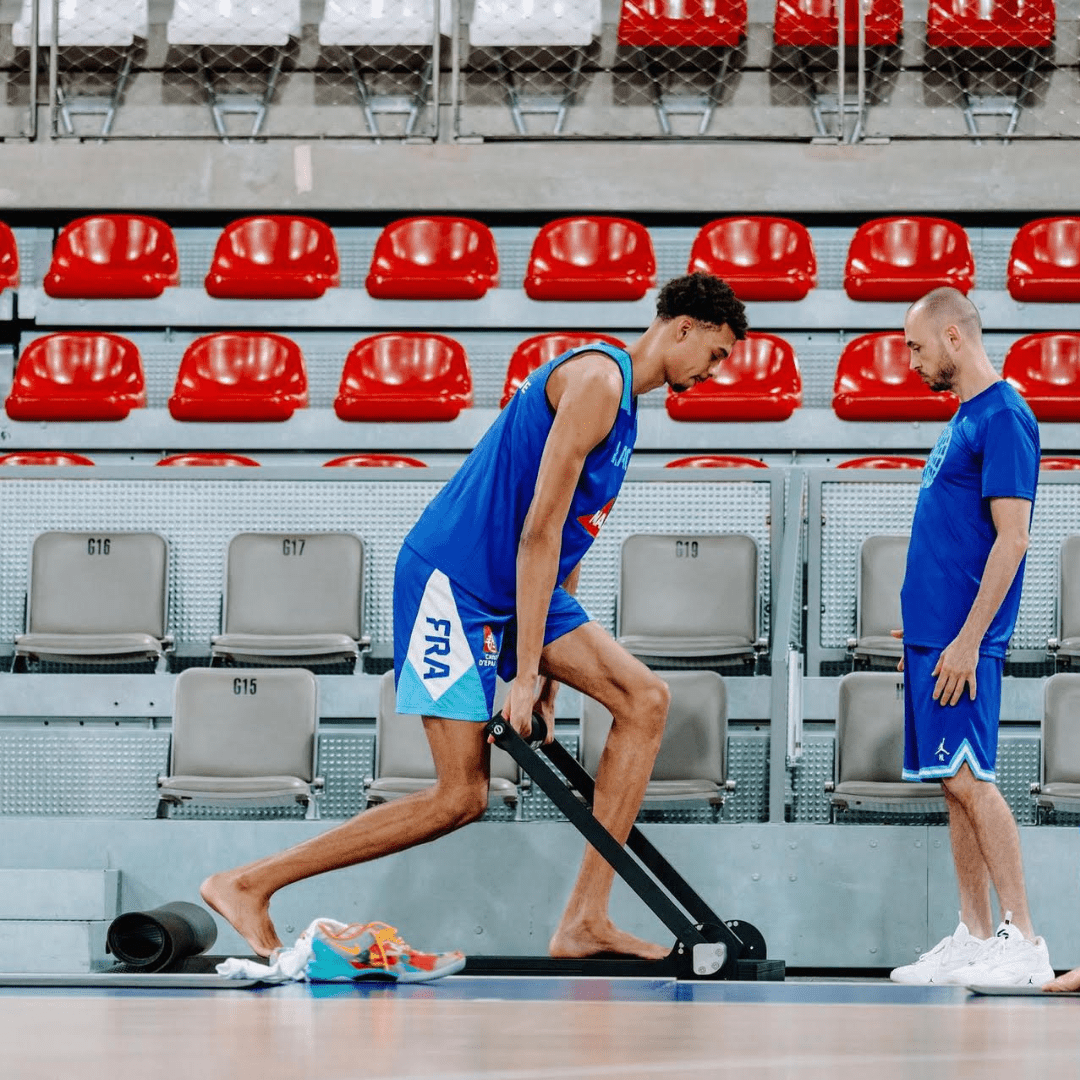


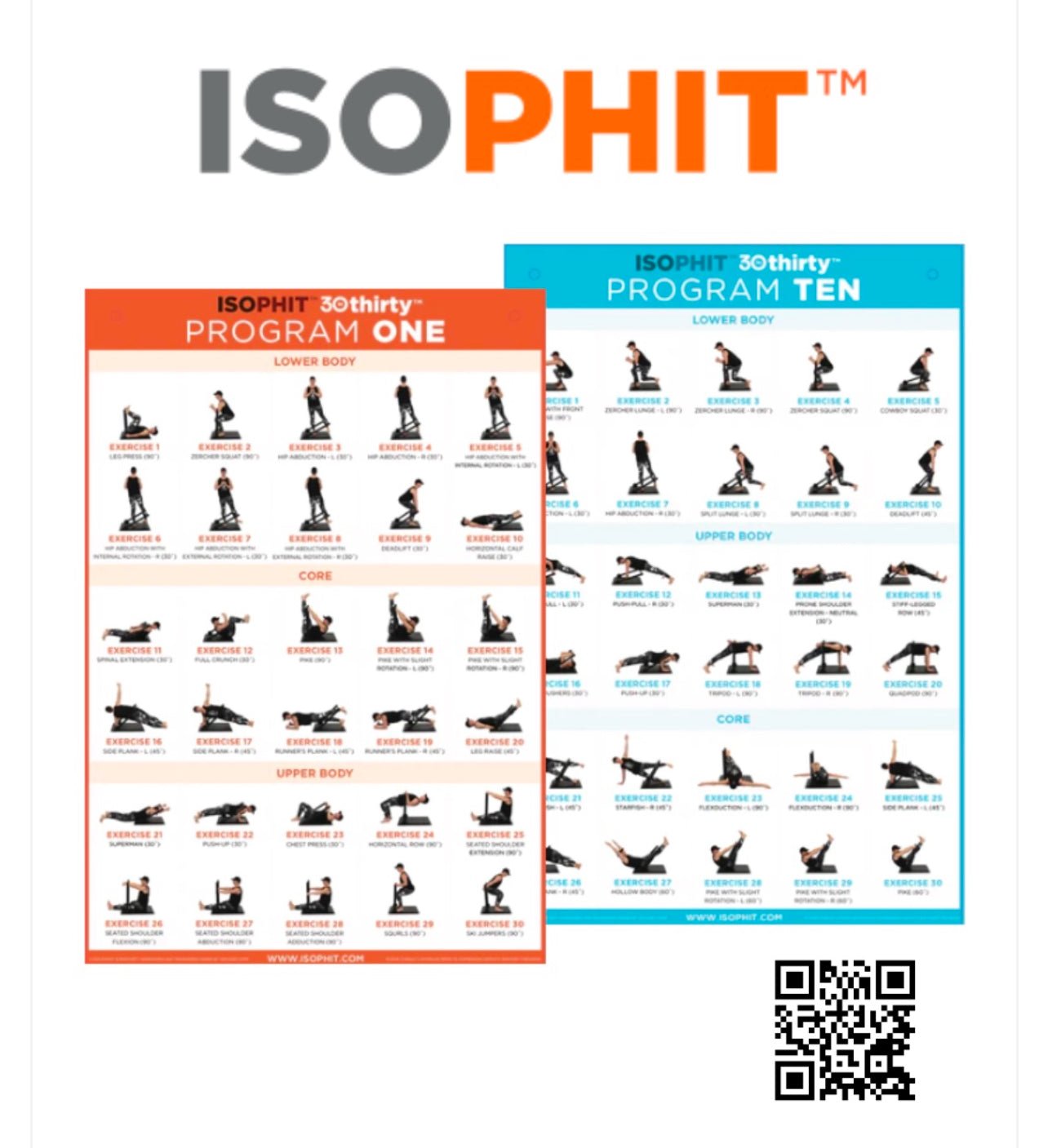
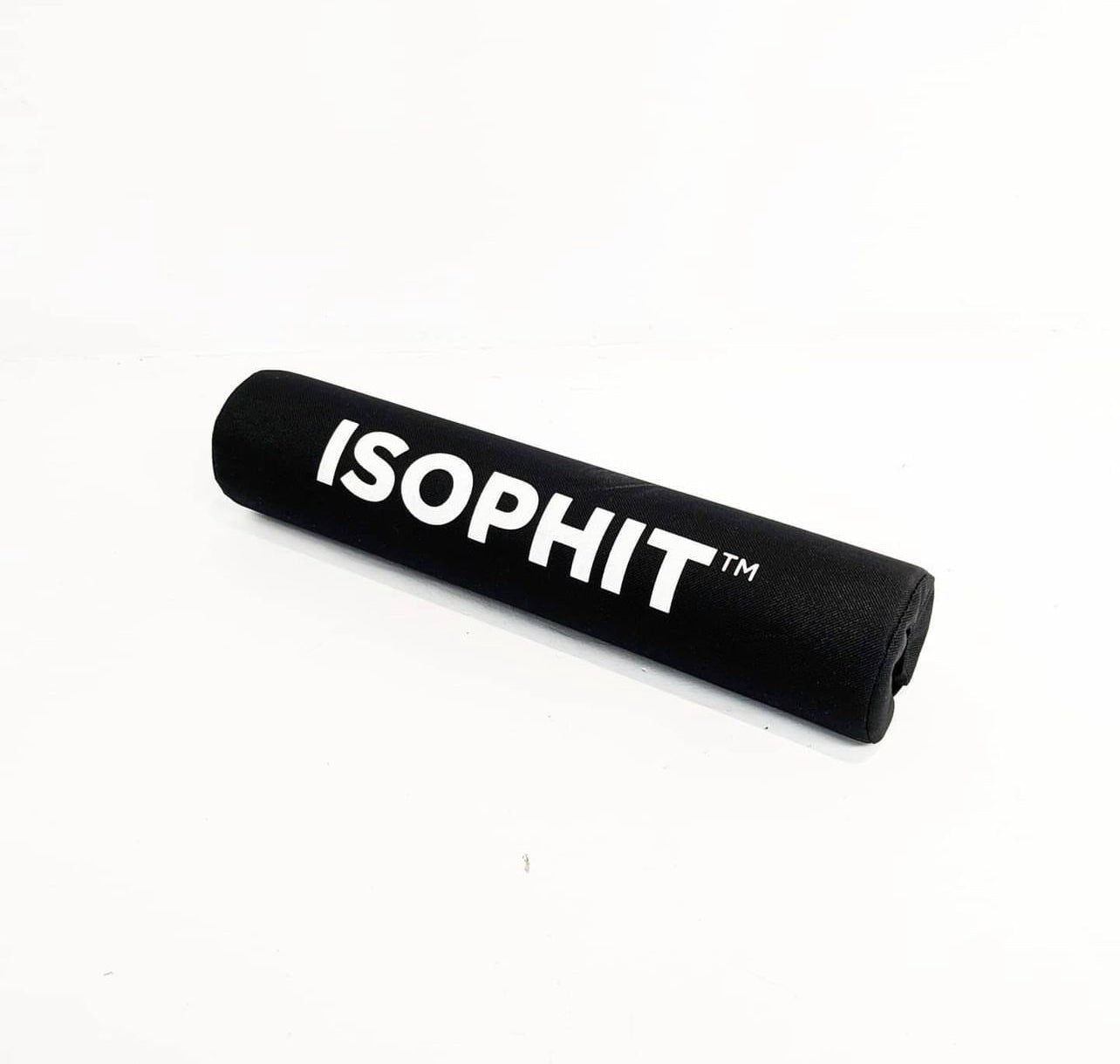
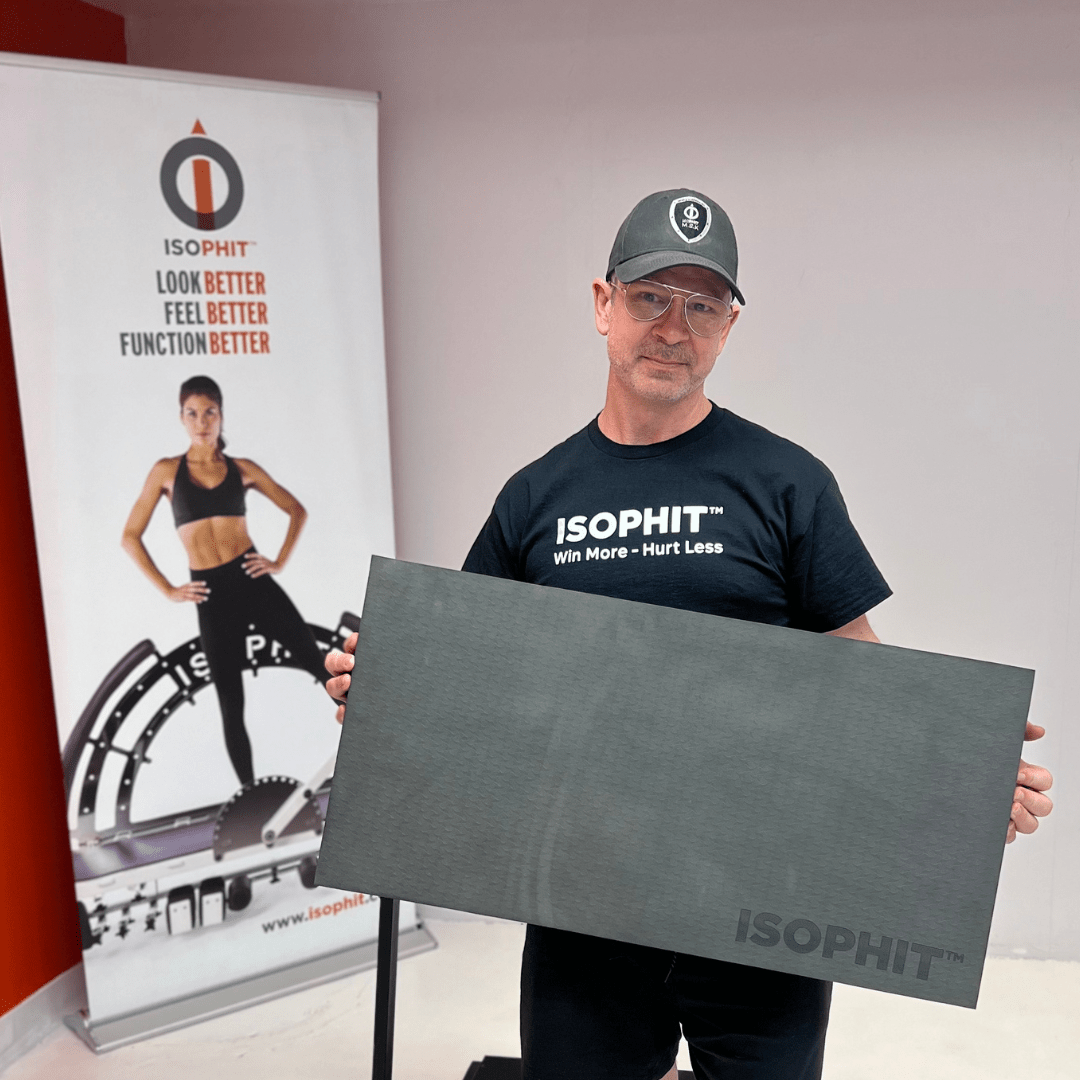
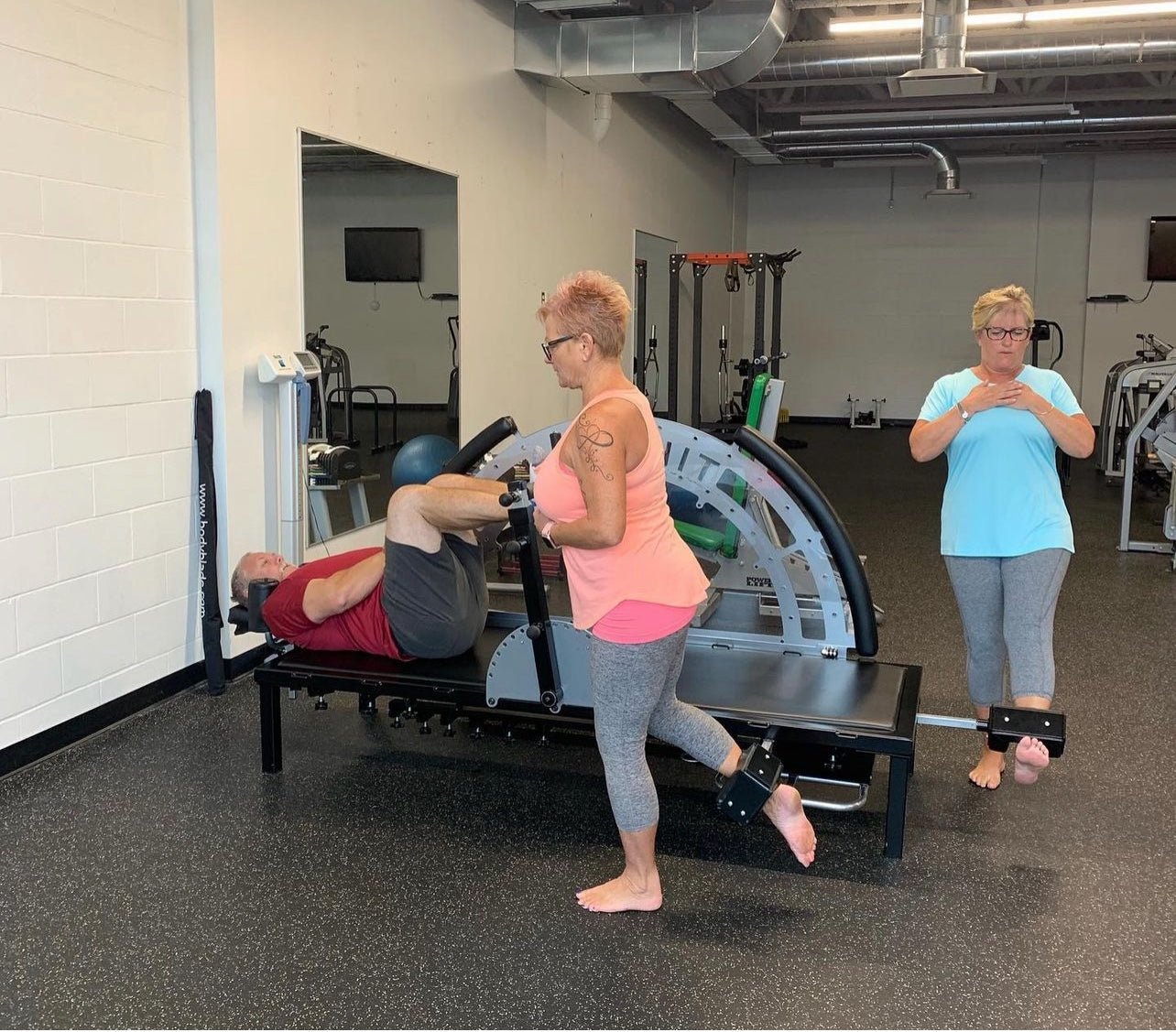

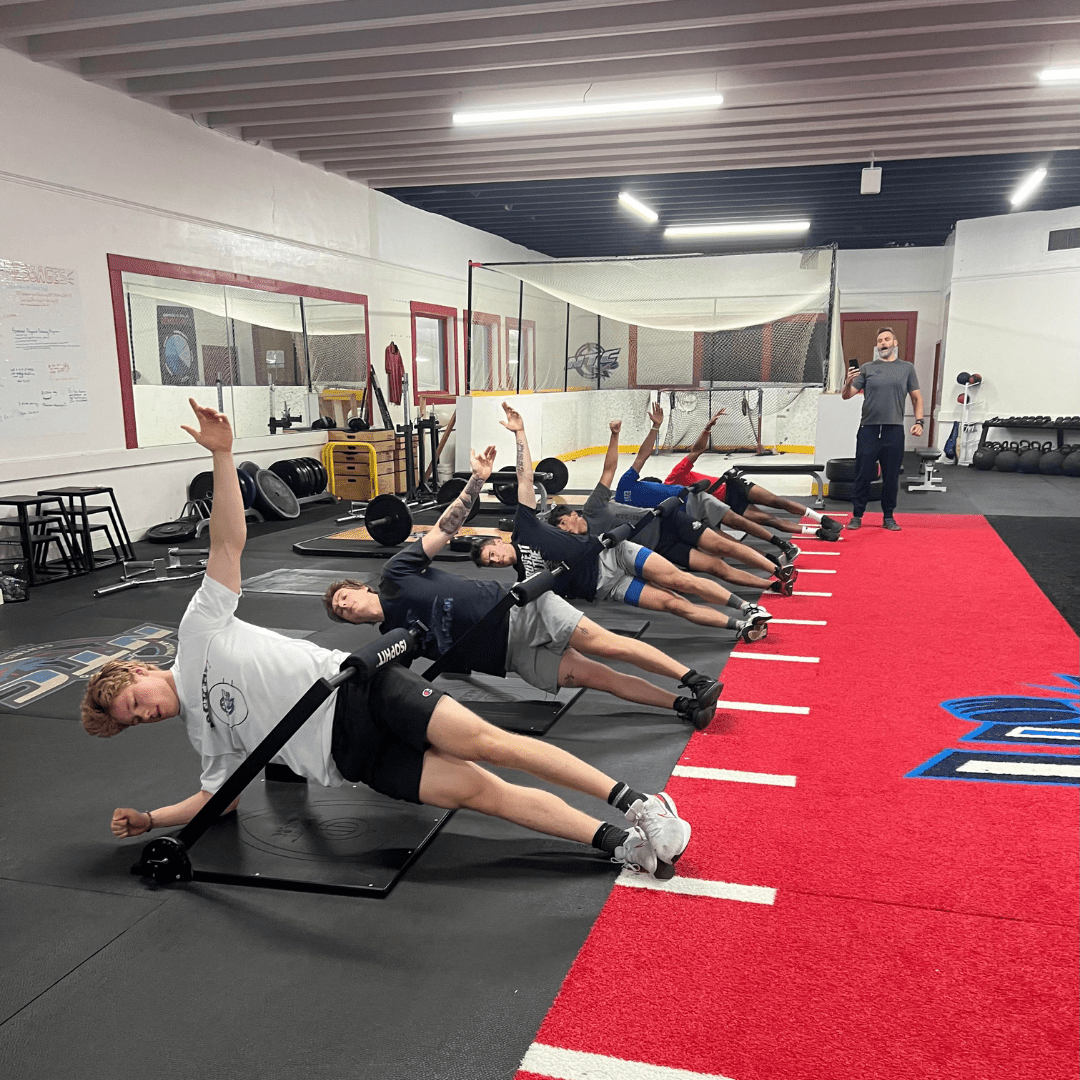
Share:
Isophit: What is the Flexor Hallucis Longus? And, why you should care.
Isophit Joins Forces With America's Cup Challenger the Orient Express Racing Team